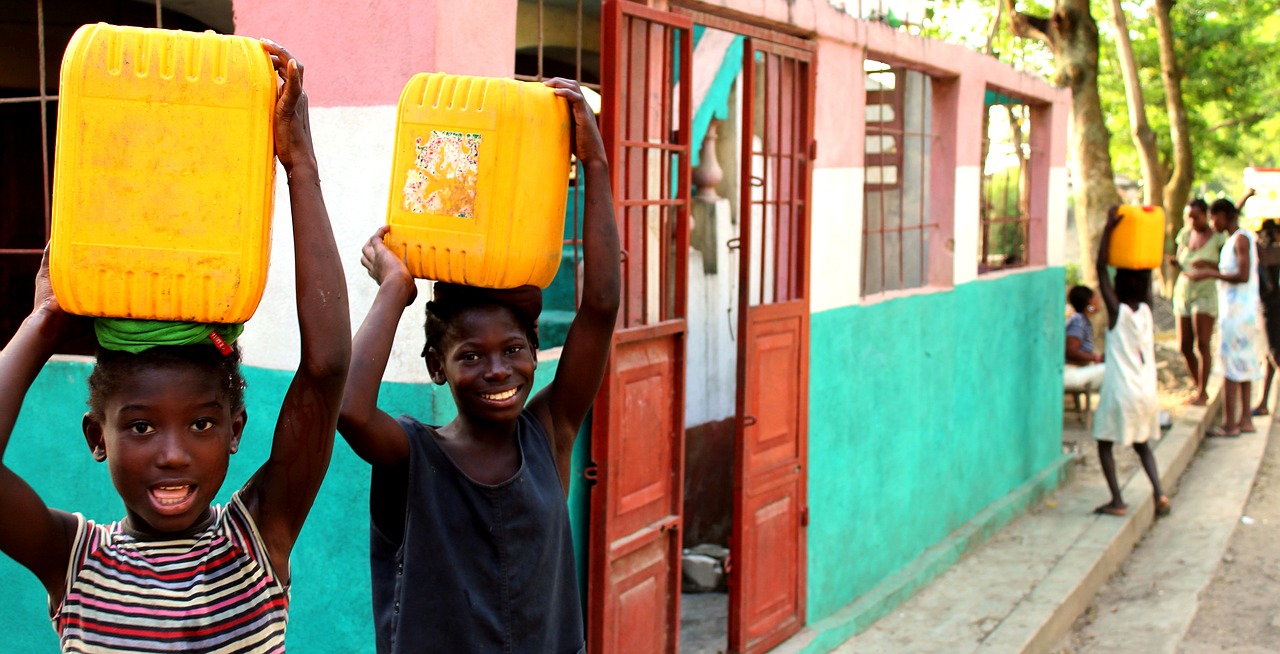Lack of water continues to be a major cause of concern for many nations, especially in Africa.
Freshwater sources are already scarce in many areas of the world, and worse is to come. By the middle of the century as many as 5 billion people will likely experience chronic water shortages, according to a new report by the United Nations-affiliated experts.
That forecast is troubling, but the situation is already bleak as it is since 2 billion people face chronic water shortages and in all 3.6 billion have infrequent access to adequate amounts of water, according to experts at the World Meteorological Organization (WMO).
In addition, last year 3.6 billion people lacked proper sanitation services and 2.3 billion lacked basic hygiene services while 75 countries had their water efficiency levels below average, including 10 nations that had extremely low levels, experts say.
“Lack of water continues to be a major cause of concern for many nations, especially in Africa. More than two billion people live in water-stressed countries and suffer lack of access to safe drinking water and sanitation,” says Prof. Petteri Taalas, a Finnish climate scientist who is the WMO’s secretary-general.
“We need to wake up to the looming water crisis,” he stresses.
Yet elsewhere too climate change is wreaking havoc with weather patterns and freshwater sources. More frequent droughts have worsened problems for millions. At the same time, devastating floods have likewise become far more frequent, their number worldwide having risen by 134% in the past 20 years.
“Increasing temperatures are resulting in global and regional precipitation changes, leading to shifts in rainfall patterns and agricultural seasons, with a major impact on food security and human health and well-being,” Taalas says.
“This past year has seen a continuation of extreme, water-related events. Across Asia, extreme rainfall caused massive flooding in Japan, China, Indonesia, Nepal, Pakistan and India. Millions of people were displaced, and hundreds were killed,” he explains.
“But it is not just in the developing world that flooding has led to major disruption. Catastrophic flooding in Europe led to hundreds of deaths and widespread damage,” the scientist adds.
Especially troubling is the fact that over the past two decades terrestrial water storage (the sum of all water on the surface and just underneath it, including snow and ice as well as moisture in the soil) has been dropping at a rate of 1cm a year, the WMO says.
“The biggest losses are occurring in Antarctica and Greenland, but many highly populated lower latitude locations are experiencing significant water losses in areas that are traditionally providing water supply, with major ramifications for water security. The situation is worsening by the fact that only 0.5% of water on Earth is useable and available freshwater,” it explains.
Far better water source management is needed across much of the planet, yet as many as 107 countries “remain off track to hit the goal of sustainably managing their water resources by 2030,” the UN says.
It will be vital in coming years and decades to manage freshwater sources far more effectively while nations worldwide will also need to boost their resilience in the face of a changing climate and its various water hazards from droughts to floods, according to the UN.
This story first appeared on Sustainability Times
South Africa Today
© 2021 Sustainability Times.
This article is licensed under a Creative Commons Attribution-ShareAlike 4.0 SA International License.












